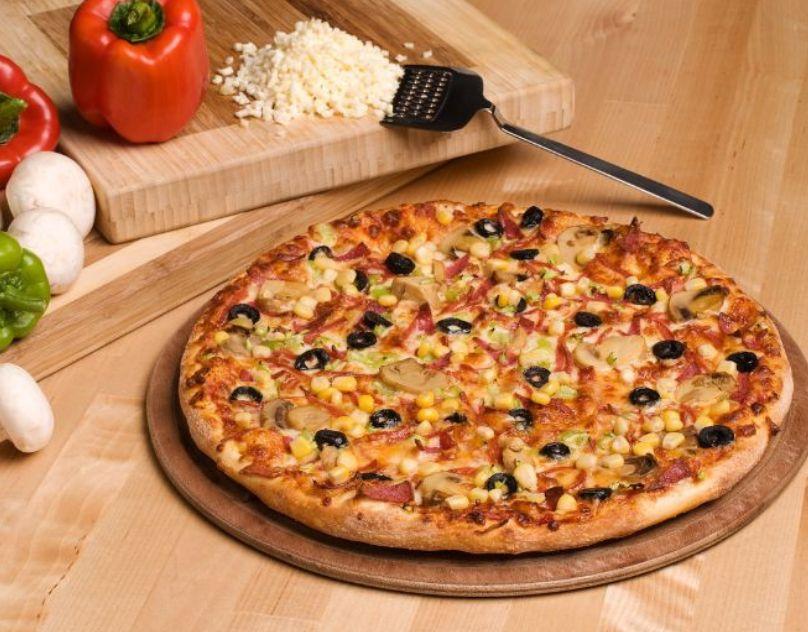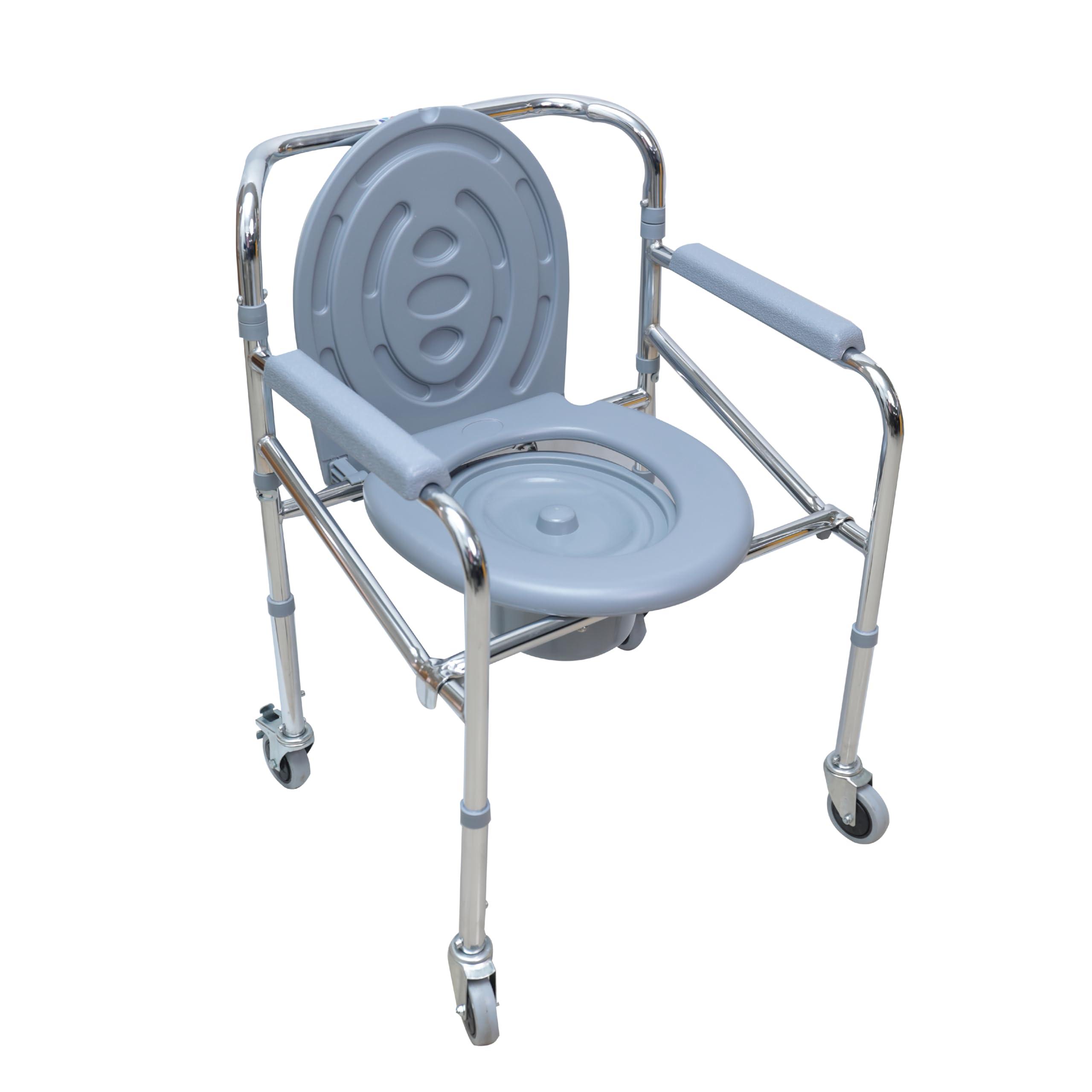How Restaurants Ensure Food Safety and Quality in Takeaways

When searching for the best pizza near me, customers often focus on taste and convenience. However, another crucial factor that determines a great takeaway experience is food safety and quality. Ensuring that meals arrive fresh, uncontaminated, and safe to eat is a priority for restaurants. Takeaway dining comes with unique challenges, from maintaining proper temperatures during transport to preventing cross-contamination. Modern restaurants use a combination of training, technology, and strict procedures to uphold high standards.
The Importance of Food Safety in Takeaways
Foodborne illnesses are a genuine concern in the food industry. Contaminated food can lead to serious health risks for customers and damage a restaurant’s reputation. Takeaway orders, in particular, face challenges such as longer exposure times, fluctuating temperatures, and the potential for mishandling during delivery. Restaurants must take proactive measures to ensure that safety and quality are never compromised.
Maintaining high standards not only protects customers but also builds trust and encourages repeat business. A safe, fresh meal is as important as flavour, presentation, and portion size.
Key Practices Restaurants Use to Ensure Safety
1. Staff Training and Hygiene
Staff education is the foundation of food safety. All restaurant employees, from chefs to delivery personnel, undergo training in proper food handling, hygiene, and sanitation practices. This includes:
- Frequent handwashing and use of gloves when necessary
- Correct storage of ingredients
- Preventing cross-contamination between raw and cooked items
By creating a culture of food safety, restaurants reduce the risk of contamination and ensure consistency in quality.
2. Temperature Control
Maintaining the correct temperature is critical in takeaways. Restaurants implement strict protocols:
- Hot foods are kept at temperatures above 60°C to prevent bacterial growth
- Cold foods are stored below 5°C to maintain freshness
- Thermal bags and insulated boxes are used for delivery to retain heat or cold during transport
This careful control ensures that meals arrive at customers’ doors at the correct temperature, preserving both safety and taste.
3. Clean and Sanitised Equipment
Regular cleaning of kitchen equipment, cutting boards, utensils, and packaging areas prevents the spread of bacteria. Restaurants use sanitising solutions, scheduled deep cleans, and routine maintenance checks to keep equipment safe and reliable.
4. Quality Ingredients and Storage
Safe takeaways start with high-quality ingredients—restaurants source fresh produce, meats, and dairy products from trusted suppliers. Ingredients are stored according to safety standards, with proper rotation and monitoring of expiry dates to avoid spoilage.
5. Packaging Innovations
Packaging plays a significant role in takeaway safety. Restaurants use boxes, containers, and wrapping materials designed to maintain food temperature and prevent contamination. Innovative packaging can include:
- Tamper-evident seals
- Separate compartments for sauces or sides
- Ventilated containers for crispy items like pizza bases or fried foods
These measures protect the meal from physical contamination and ensure that food arrives in optimal condition.
Monitoring and Compliance
Restaurants often adhere to national food safety standards and regulations, such as Australia’s Food Standards Code. Regular inspections and self-audits help ensure compliance. Many establishments also implement tracking systems to monitor kitchen temperatures, delivery times, and staff hygiene routines. By following these protocols, restaurants demonstrate accountability and maintain customer confidence.
The Role of Technology
Technology supports food safety in takeaways through:
- Digital order tracking for timely delivery
- Temperature sensors in storage and delivery equipment
- Automated reminders for hygiene and cleaning schedules
These tools reduce human error and ensure that safety procedures are consistently followed, even during peak hours.
Final Thought
Ensuring food safety and quality in takeaways is a multifaceted effort that requires training, technology, and strict adherence to standards. From proper ingredient storage to hygienic preparation, temperature control, and innovative packaging, every step is carefully managed. When restaurants prioritise safety, customers can enjoy convenient meals with confidence, knowing that taste, freshness, and health are all protected. Takeaway dining isn’t just about convenience—it’s about delivering peace of mind along with every order.
FAQs
1. Why is food safety essential for takeaways?
Takeaways face unique challenges, such as temperature fluctuations and handling during transport, which can increase the risk of contamination.
2. How do restaurants maintain food temperature during delivery?
Restaurants use insulated bags, thermal boxes, and specially designed packaging to keep hot foods hot and cold foods cold.
3. What hygiene practices do takeaway restaurants follow?
Staff are trained in handwashing, glove use, surface sanitisation, and preventing cross-contamination to ensure safe food handling.
4. Are there regulations that restaurants must follow for takeaways?
Yes, restaurants adhere to national food safety standards, including storage, handling, and preparation guidelines to comply with regulations.
5. How can customers be sure their takeaway food is safe?
Customers can check for tamper-evident packaging, prompt delivery, and reputable reviews, which often reflect the restaurant’s commitment to safety.
Monty’s Pizza Blacktown
74B Walters Rd,
Blacktown NSW 2148
0286053905








